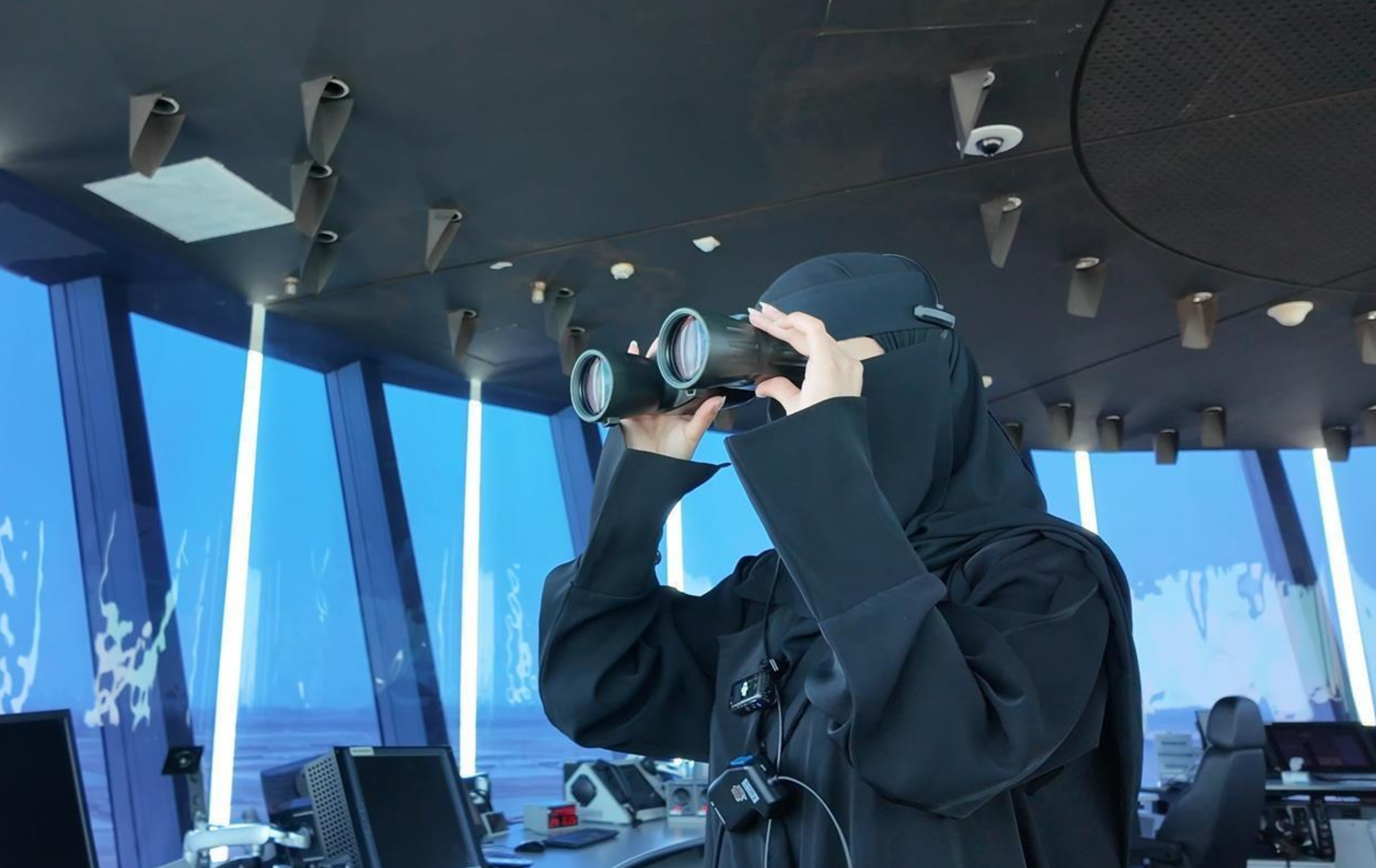
Smooth Air Traffic Flow Through Saudi Airspace Despite Escalating Regional Tensions
The Kingdom of Saudi Arabia has opened its airspace to ensure the smooth flow of air traffic and flight routes amid the recent escalating tensions in the region, mobilizing all human and material resources and implementing necessary preparations to accommodate the surge in transit flights.
More than 1,330 daily flights on average have crossed Saudi airspace, nearly double the pre-crisis levels. The additional flights were managed safely and smoothly through the Kingdom’s skies, backed by advanced technologies and stringent security measures, in full compliance with the standards of the International Civil Aviation Organization (ICAO).
During the period of heightened tensions, the General Authority of Civil Aviation (GACA) made efforts to open additional air routes to absorb the increased air traffic. The Kingdom expanded its airspace capacity and reduced flight times using advanced navigational procedures and systems that ensured the safety of Saudi skies and air traffic operations.
Saudi airspace has witnessed the passage of more than 220 air carriers during this period, prompting the activation of pre-planned airspace expansion procedures. Stringent airport and airspace security measures were enforced, using advanced air surveillance systems and technical infrastructure. Predefined risk management plans were activated, enabling rapid crisis response and continuity of air navigation with the highest safety standards.
Crisis management teams were equipped with advanced technologies to accelerate real-time data analysis and processing, providing operators and stakeholders at local and regional levels with essential information for effective and immediate planning of traffic and flight management. The efforts, combined with preemptive preparations, allowed Saudi Arabia to successfully accommodate the increase in transit flights and reinforce its position as a safe and reliable airspace in the region.
The Kingdom’s air navigation system features some of the world’s most advanced monitoring and communication technologies, operating through 20 control towers, two regional area control centers comprising 15 area control sectors, 10 approach control centers, and more than 1,200 navigation devices distributed across the Kingdom. These are supported by over 1,900 specialists, including more than 700 male and female air traffic controllers, working according to the latest advanced methodologies aligned with the Kingdom’s vision to position its aviation sector among the world’s most competitive.








